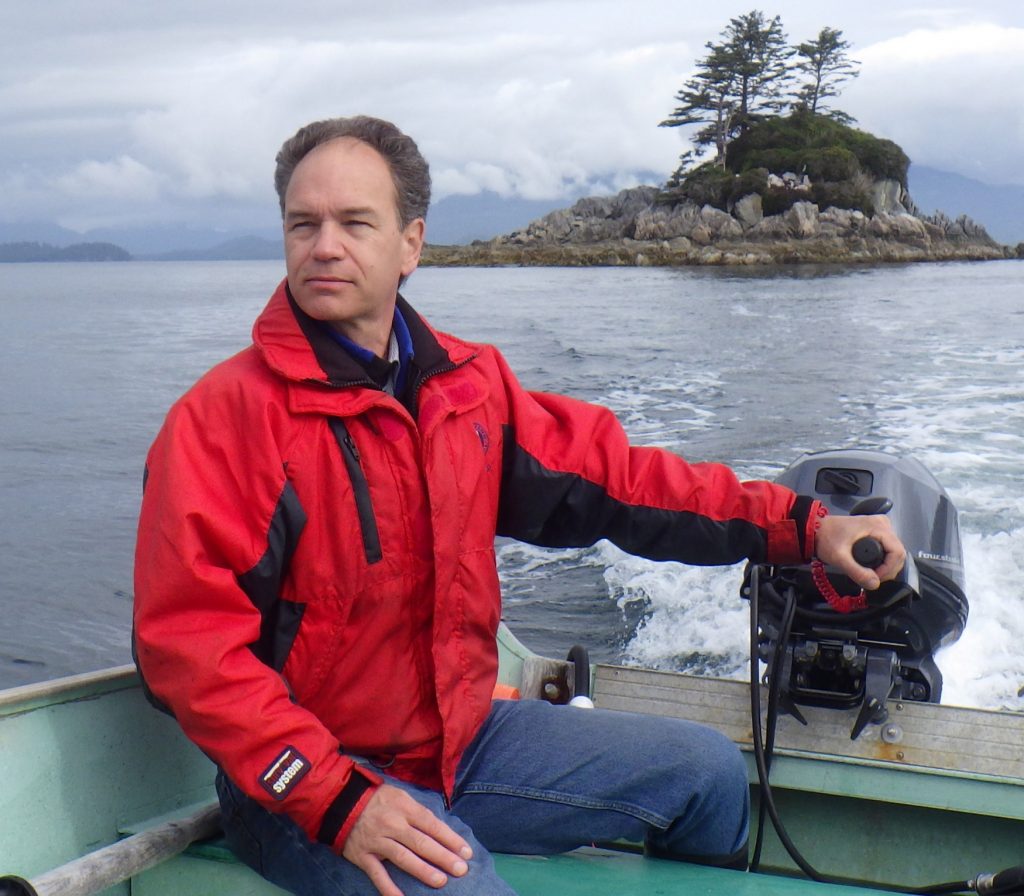
Three TRU researchers are sharing nearly $350,000 from the Natural Sciences and Engineering Research Council (NSERC) Discovery Grants program.
Discovery Grants fund innovations in chemistry, physics, life sciences, mathematics, geosciences and the many branches of engineering.
Improving connections in rural Canada

Dr. Waleed Ejaz has been awarded $177,500 over five years to make inroads in reducing Canada’s digital divide. His research focuses on managing digital resources for unlimited connectivity to a growing number of devices by integrating surface and aerial networks.
“We are a G8 country, and yet we have some areas in which connectivity still lags behind,” he said. In rural Canada, Ejaz said, only 40.8 percent of residents have access to what would be considered high-speed connectivity. This lack of access is a barrier to meaningful participation in the economy and in many other aspects of society.
“We are supporting the UN sustainability goals for 2030 by providing connectivity to everyone, and that does not just mean access to the internet. It means access to education, health, jobs. Everyone should have equal opportunity to work remotely, and we see this more now than ever,” Ejaz said.
Climate change and marine invertebrates

Dr. Louis Gosselin, meanwhile, has been awarded $140,000 over five years to continue his longstanding research program that explores the factors influencing the abundance of marine invertebrates, particularly juveniles of these species, as they can have extremely high mortality rates — up to 100 percent in their first few weeks of life.
Invertebrates such as mussels, crabs, oysters and barnacles, are the most abundant marine animals on the BC coast. They support much of the marine food web however, their populations rise and fall dramatically year to year. The causes of these population fluctuations are not clear.
“Understanding these fluctuations is crucial for anyone who wants to have a career harvesting these animals, and for anyone interested in the health of our ecosystems,” Gosselin said.
Ocean temperatures are rising and Gosselin has been investigating the impact that rising water and intertidal temperatures on the BC coast will have on these vulnerable populations.
“Our recent research shows that adults of these species are really quite tolerant to warm temperatures, but we don’t yet know if this is true for the babies. And if the babies are wiped out, these species could still disappear.”
Snake migration may inform conservation

Biologist Dr. Karl Larsen also received a two-year Discovery Development Grant for his research into the threatened Western rattlesnake and how movement patterns develop in a population.
“Rattlesnakes show an amazing array of complex migration and movement behaviours. We have done a lot of work on the migration of male snakes, and we are just about finished a study looking at pregnant female snakes and the movements they make. But we don’t know how these behaviours develop or what female snakes do when they are not having babies. We plan to start looking at how different migratory behaviours develop in young snakes, and how these may reflect an adaptation to their own unique environments,” he said.
By digging deeper and understanding more about how individual populations of snakes adopt different migratory strategies, scientists will be better able to inform conservation strategies.
The Research Support Fund provides a portion of the costs associated with managing the research funded by the Natural Sciences and Engineering Research Council, such as salaries for staff who provide administration support, training costs for workplace health and safety and maintenance of libraries.

 'Smart' lawyer suspended
'Smart' lawyer suspended First Nation solar farm plans
First Nation solar farm plans Suit claims prison assaults
Suit claims prison assaults Searching landfill for woman
Searching landfill for woman Poland urges more spending
Poland urges more spending Cutting rates at own pace
Cutting rates at own pace Israeli strike played down
Israeli strike played down Full Trump jury seated
Full Trump jury seated World's largest election
World's largest election  Investigating pipeline blast
Investigating pipeline blast TikTok testing new app
TikTok testing new app Body Shop explores sale
Body Shop explores sale Warriors ready for Round 2
Warriors ready for Round 2 Kalamalka Bowl cancelled
Kalamalka Bowl cancelled Rockets live to fight on
Rockets live to fight on Hilton teams up with Sia
Hilton teams up with Sia Swift still 'can't forgive' Kim
Swift still 'can't forgive' Kim Grimes to ‘cap the disarray’
Grimes to ‘cap the disarray’




